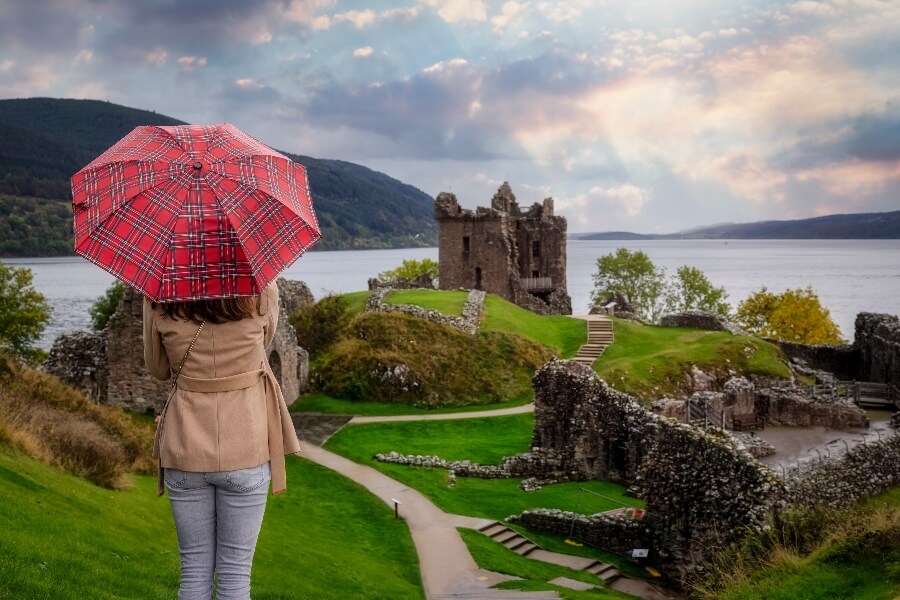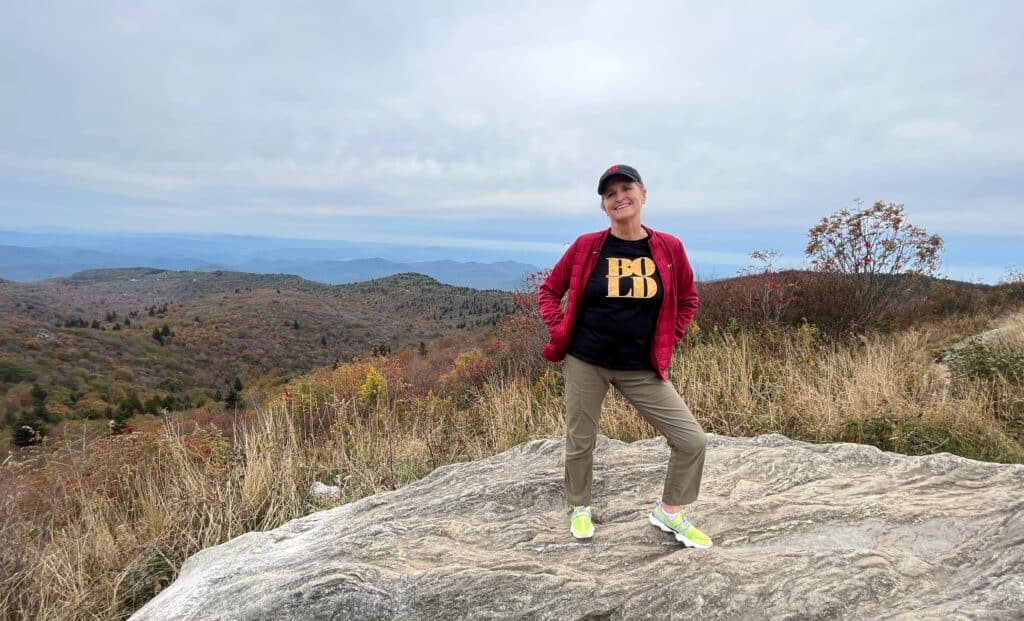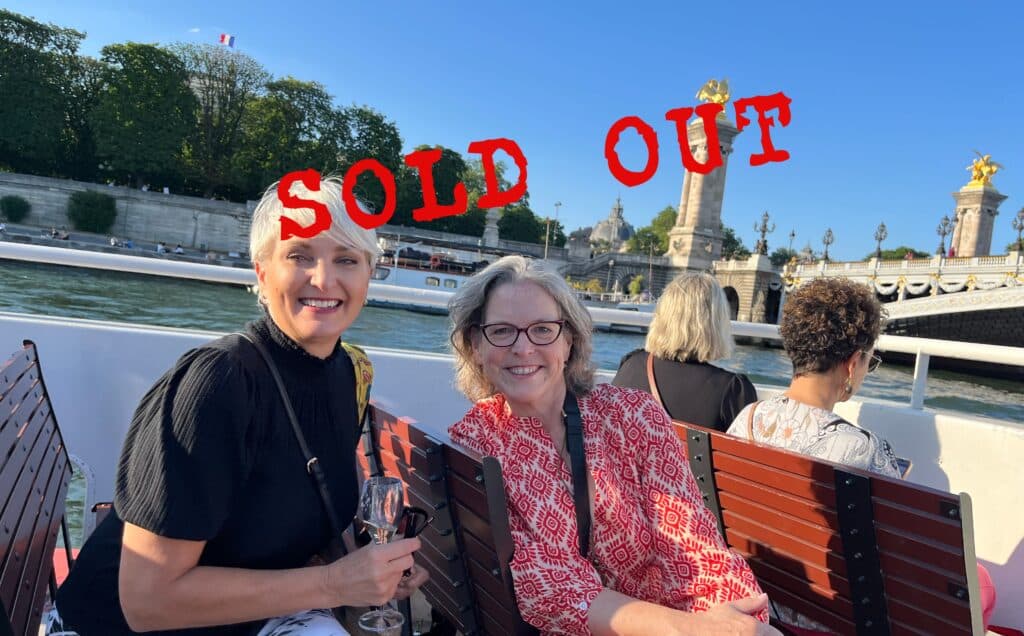
Back Pain Relief: In Search of A “Back Whisperer”
After years of crippling pain, reporter Cathryn Jakobson Ramin exposed the hype and hoaxes in the back pain industry and finally found relief. ...

Behind the Golden Bachelor Bombshell: Our Media Critic Has the Scoop
Excuse us?! Gerry and Theresa are divorcing after three months? Our media critic, who has smelled a rat all along, explains why it unraveled so fast. ...
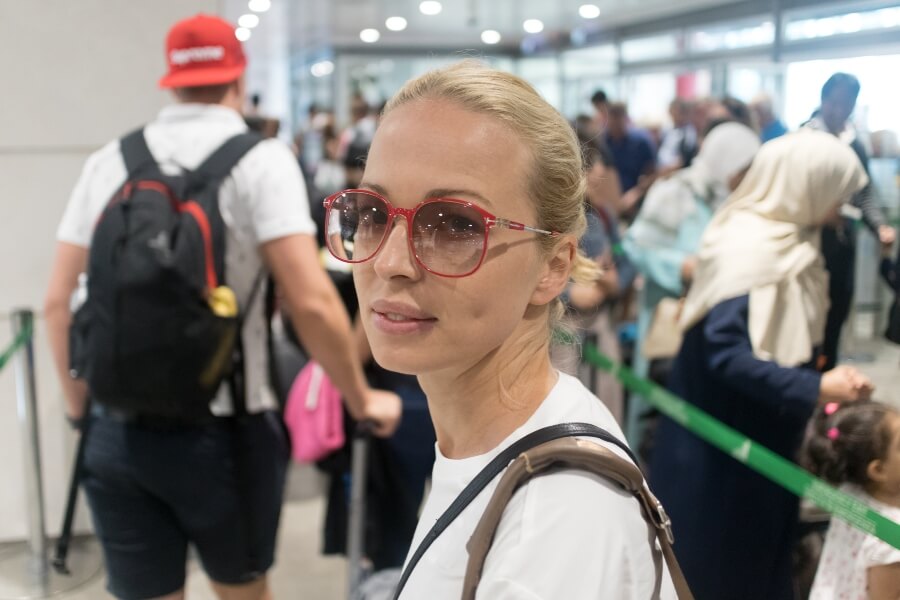
TSA Precheck, Global Entry, or Clear? Your Guide to Speedier Airport Services
Navigating the airport before a trip can be a major buzzkill. Here, a closer look at the services that promise to speed you to your gate, their cost –...
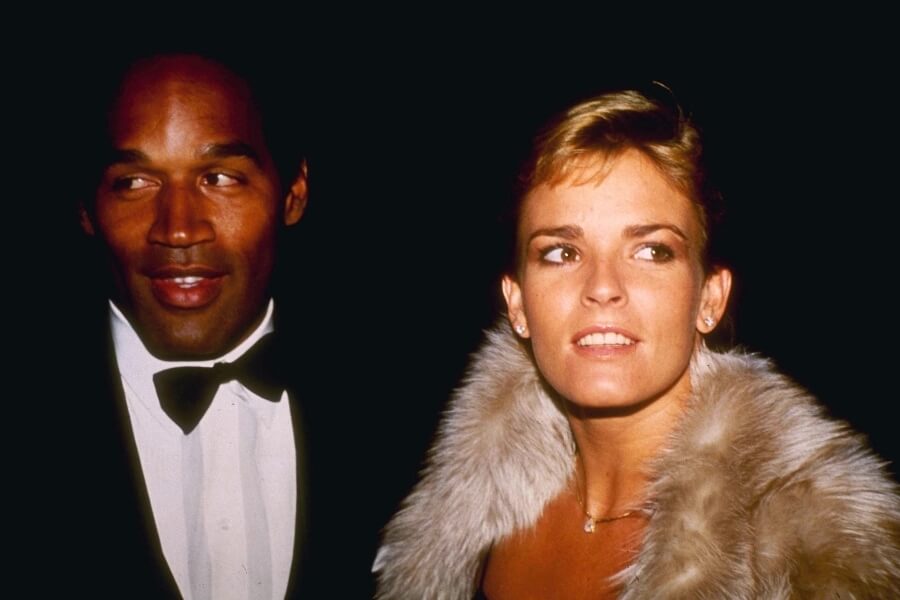
O.J. Simpson’s End: The Woman Who Covered the Case Has the Last Word
The author of the blockbuster book about the tragic murders shares her shocking insights on why this case still haunts us...
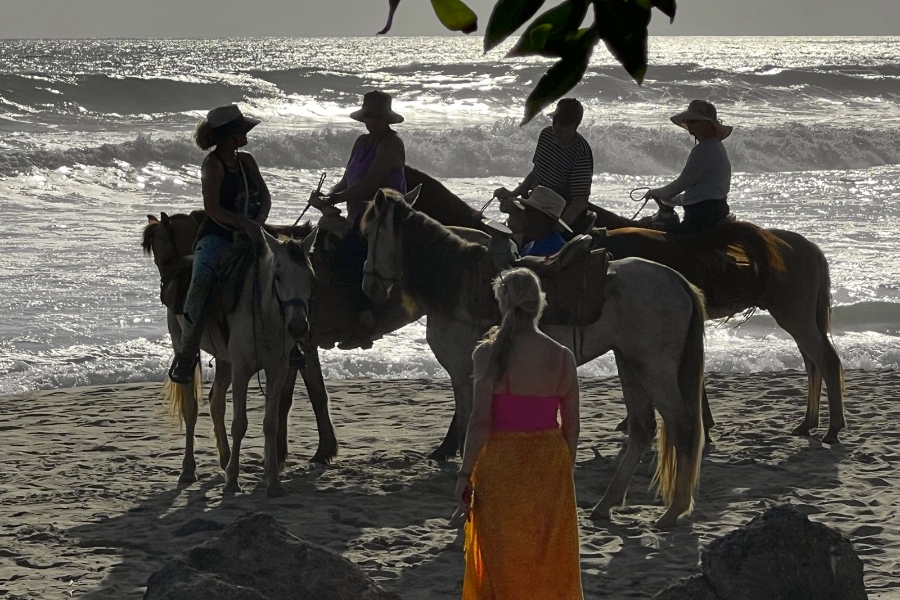
A Mexican Beach Retreat: How A Dozen Strangers Became Fast Friends
They headed to the beach for some inner work and major fun…but these intrepid women found that sharing and support truly sealed their connection ...
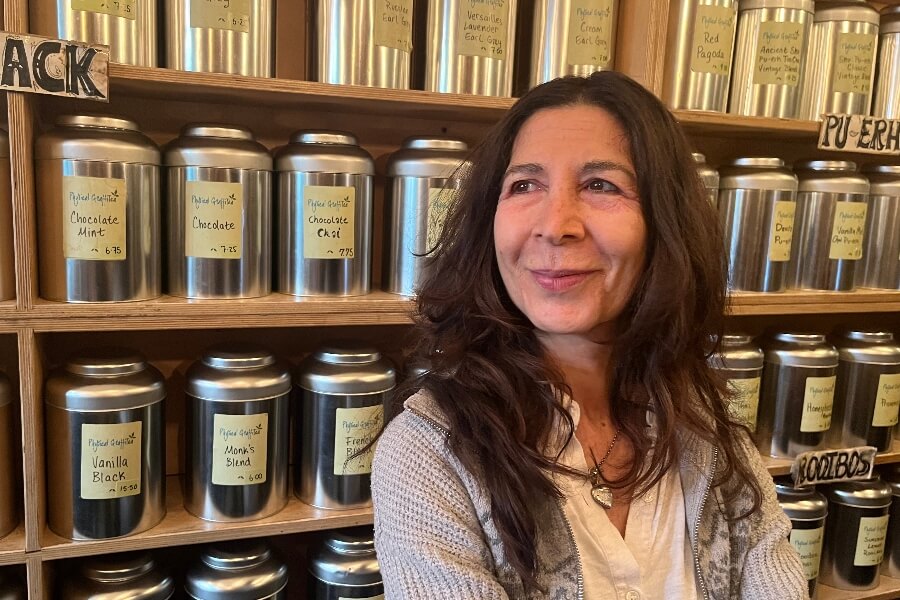
Meet the Tea Whisperer: An Entrepreneur Brews a Strong Business
How one woman turned her thirst for knowledge about tea into a beloved NYC shop and cafe offering delightful, healthful blends ...
- 4
- 1
- 2
- 3
- 4
- 5
- 6
- 7
- 8
- 9
- 10
- 11
- 12
- 13
- 14
- 15
- 16
- 17
- 18
- 19
- 20
- 21
- 22
- 23
- 24
- 25
- 26
- 27
- 28
- 29
- 30
- 31
- 32
- 33
- 34
- 35
- 36
- 37
- 38
- 39
- 40
- 41
- 42
- 43
- 44
- 45
- 46
- 47
- 48
- 49
- 50
- 51
- 52
- 53
- 54
- 55
- 56
- 57
- 58
- 59
- 60
- 61
- 62
- 63
- 64
- 65
- 66
- 67
- 68
- 69
- 70
- 71
- 72
- 73
- 74
- 75
- 76
- 77
- 78
- 79
- 80
- 81
- 82
- 83
- 84
- 85
- 86
- 87
- 88
- 89
- 90
- 91
- 92
- 93
- 94
- 95
- 96
- 97
- 98
- 99
- 100
- 101
- 102
- 103
- 104
- 105
- 106
- 107
- 108
- 109
- 110
- 111
- 112
- 113
- 114
- 115
- 116
- 117
- 118
- 119
- 120
- 121
- 122
- 123
- 124
- 125
- 126
- 127
- 128
- 129
- 130
- 131
- 132
- 133
- 134
- 135
- 136
- 137
- 138
- 139
- 140
- 141
- 142
- 143
- 144
- 145
- 146
- 147
- 148
- 149
- 150
- 151
- 152
- 153
- 154
- 155
- 156
- 157
- 158
- 159
- 160
- 161
- 162
- 163
- 164
- 165
- 166
- 167
- 168
- 169
- 170
- 171
- 172
- 173
- 174
- 175
- 176
- 177
- 178
- 179
- 180
- 181
- 182
- 183
- 184
- 185
- 186
- 187
- 188
- 189
- 190
- 191
- 192
- 193
- 194
- 195
- 196
- 197
- 198
- 199
- 200
- 201
- 202
- 203
- 204
- 205
- 206
- 207
- 208
- 209
- 210
- 211
- 212
- 213
- 214
- 215
- 216
- 217
- 218
- 219
- 220
- 221
- 222
- 223
- 224
- 225
- 226
- 227
- 228
- 229
- 230
- 231
- 232
- 233
- 234
- 235
- 236
- 237
- 238
- 239
- 240
- 241
- 242
- 243
- 244
- 245
- 246
- 247
- 248
- 249
- 250
- 251
- 252
- 253
- 254
- 255
- 256
- 257
- 258
- 259
- 260
- 261
- 262
- 263
- 264
- 265
- 266
- 5
Did you know we offer trips?
NextTribe offers small group travel experiences for women aged 45 and beyond. Our travelers are active and adventurous, open to meeting other women. If you want the benefits of traveling solo with the connection of a traveling community, you belong on a NextTribe trip.
Upcoming NextTribe Trips
View All Upcoming Trips
Become A Member
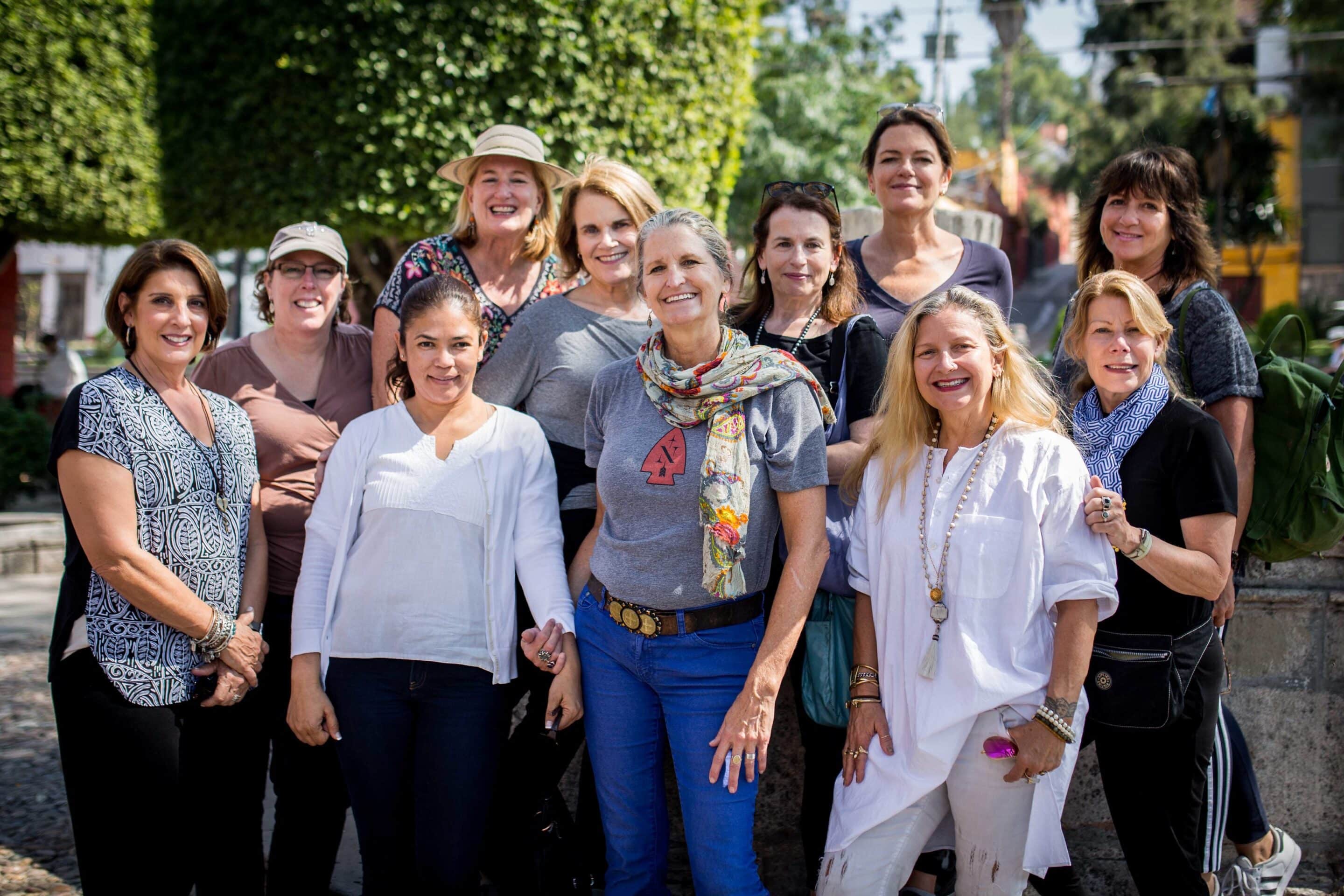
Our Facebook Page
Follow Us
Find your tribe
Connect and join a community of women over 45 who are dedicated to traveling and exploring the world.

